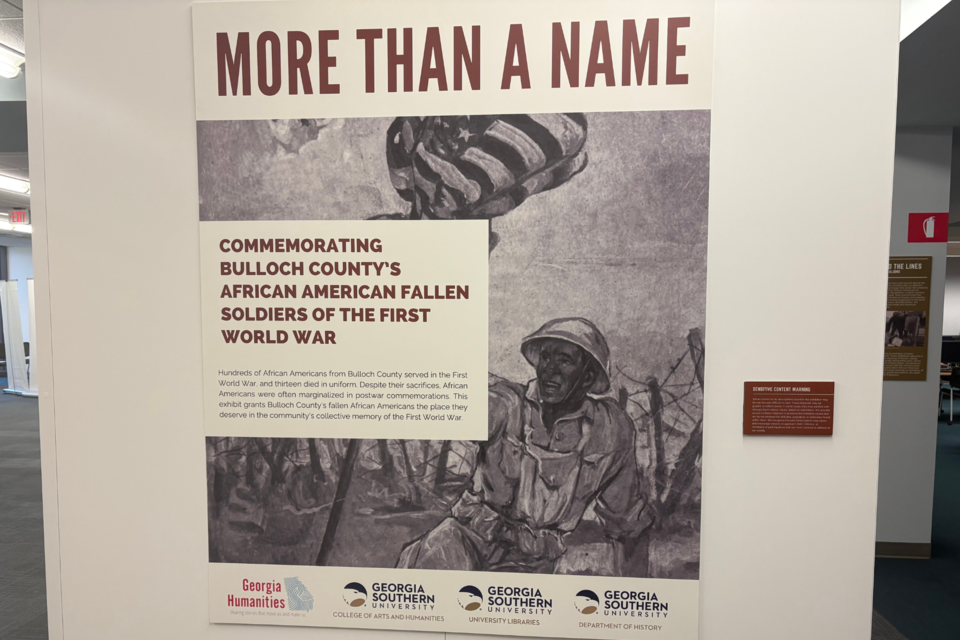Grice Connect's Shalyn Reddish attended the exhibit opening for “More than a Name: Commemorating Bulloch County’s African American Fallen Soldiers of the First World War” at Georgia Southern's Henderson Library. Here she takes you along as she experiences the exhibit for the first time.
I was unsure what to expect when I entered the World War I exhibit. The dim lighting cast long shadows over relics of a war fought over a century ago—weathered uniforms, rusted helmets, and letters stained with time. But it wasn't just the artifacts that genuinely brought the past to life—it was the voices of those who lived through it.
As I read their stories, I was captivated in a way that no history book ever could.
“Going into this project, we knew it was going to be difficult,” said Autumn Johnson, a Special Collections librarian at Henderson Library. She explained how few collections exist on World War I compared to other conflicts.
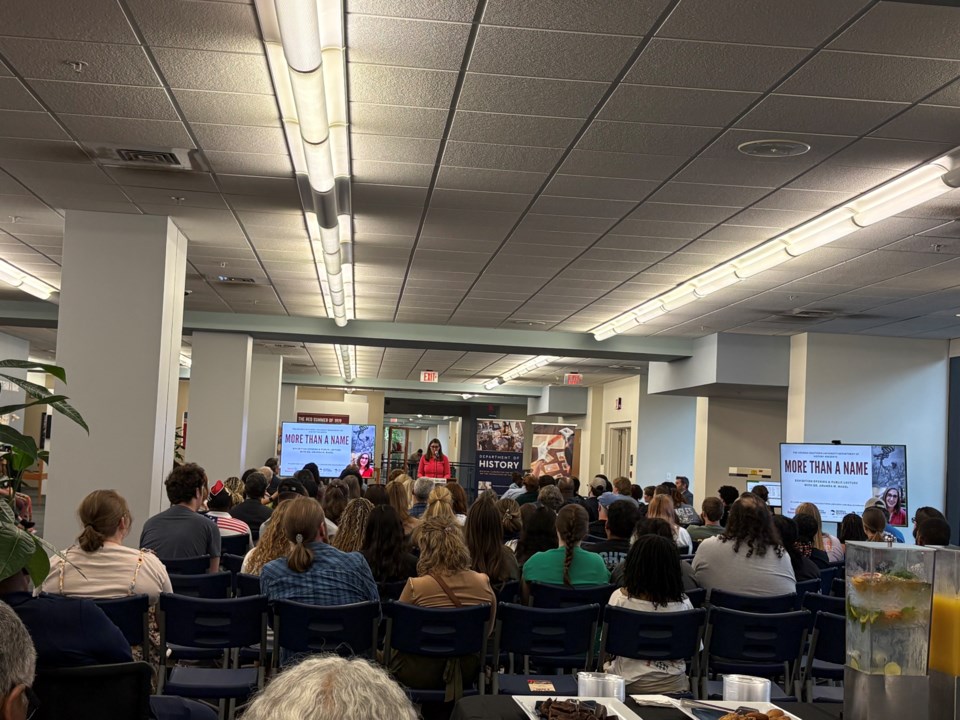
“Our research had to be hands-on, relying on personal narratives and rare documents.”
Dr. Brian Feltman, the professor leading the class, Amanda Nagel, the guest lecturer, and Andrea Raham, a student who helped curate the exhibit, all played key roles in shaping our understanding of this often-overlooked war.

Dr. Feltman guided us throughout the course, pushing us to engage deeply with the material. “One of the biggest challenges in studying World War I is that World War II often overshadows it,” he explained. “But this war fundamentally changed the world, from geopolitics to medical advancements and even the way soldiers were treated when they returned. It’s our job as historians to bring these stories forward and remind people of the sacrifices made,” he continued.
He also stressed the importance of personal stories in understanding history. “Much military history focuses on strategy and battles, but what resonates with people are the experiences of those who lived through it. When you read a soldier’s letter home, when you see a photo of a young man in uniform, you remember that history isn't just dates.”
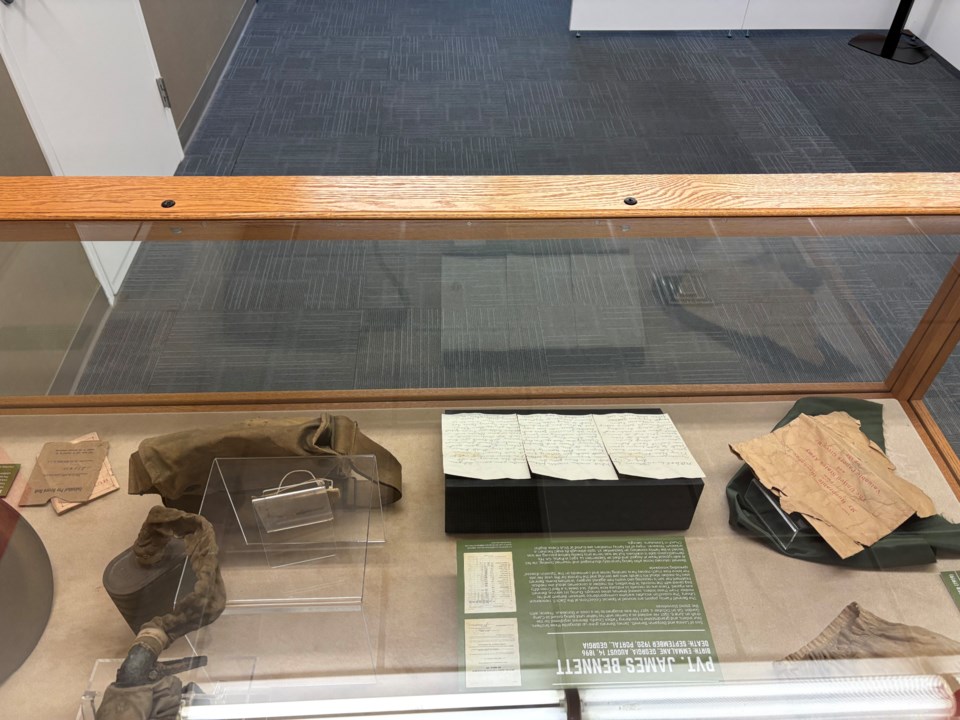
Amanda Nagel, the guest lecturer, brought a more profound perspective through her research. She emphasized how World War I shaped the modern world.
“People tend to forget how devastating and transformative the First World War was. It changed how we think about modern warfare, reshaped societies, and forever altered the lives of those who fought in it. The trauma of that war lingered for decades. Many soldiers never spoke about their experiences because they felt no one would understand.”
She spoke passionately about the emotional impact of personal letters and diaries. “You read these letters, and it feels you’re intruding on something deeply personal. These men wrote to their mothers, wives, and children—sometimes just before they died. You see their handwriting shake; you read the desperation between the lines. It's heartbreaking. It’s also a reminder of why preserving these stories matters.”
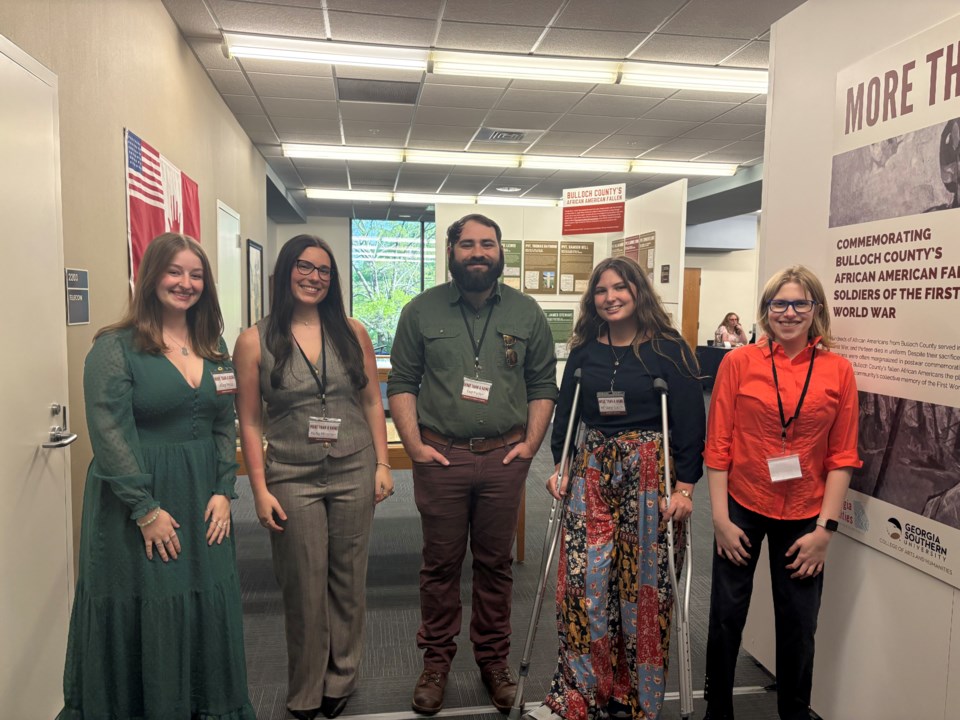
She also highlighted how the war affected those left behind. “It wasn’t just the soldiers who suffered. Families at home lived in constant uncertainty, waiting for news. Some never received a final letter and never knew exactly what happened to their loved ones. That kind of uncertainty is its own kind of grief.”
Andrea Reham, one of the students who helped put the exhibit together, reflected on the process.
"We weren’t just handling old documents—we were handling memories," she shared. "Every artifact had a story behind it, and it was our job to make sure those stories were told in a way that honored the people who lived them. We wanted visitors to feel the weight of these experiences and connect with them personally."
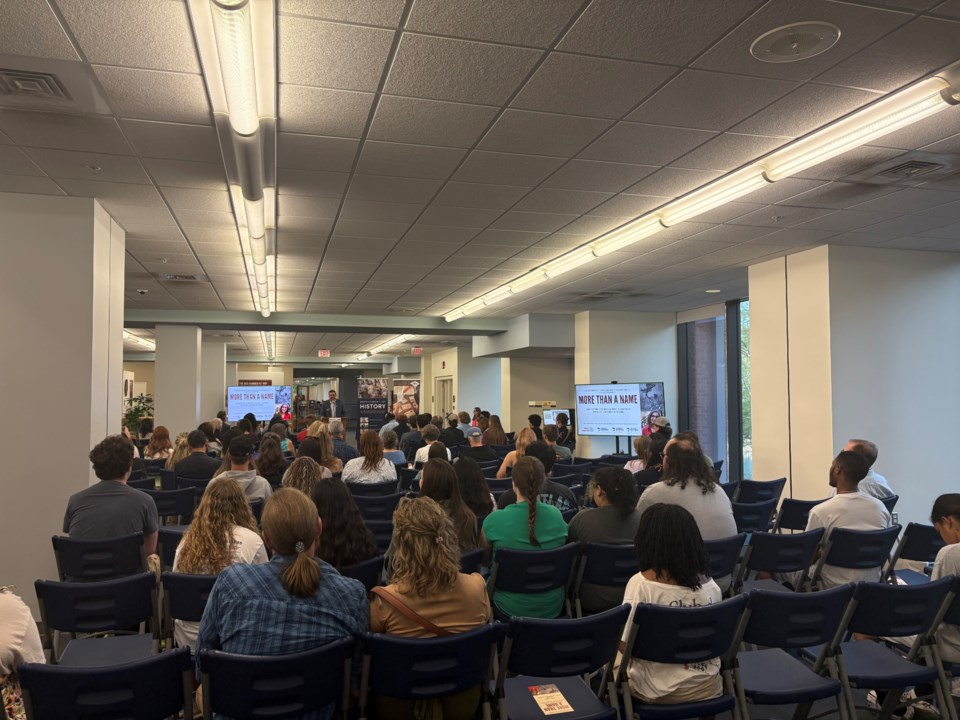
This exhibition isn’t just about history—it was about memory. It’s about bringing voices from the past into the present and ensuring they aren’t forgotten. And in that room, surrounded by artifacts and stories of those who had lived through it, we remembered.
See a full list of those who contributed to the project here. More than a Name will be on display on the second floor of Henderson Library on Georgia Southern University's Statesboro campus from March 24, 2025 to August 1, 2025. It will then travel to the Willow Hill Heritage & Renaissance Center in Portal, GA.
The exhibition is free and open to the public.

